Can dogs detect cancer?
You bet they can, and we proved it!
In May of 2014, our Founder Tracie Nielson was approached by Pure North S’Energy Foundation and asked if she would be interested in leading a cutting edge project. It turned out that project was to teach dogs to detect lung cancer in humans!
It had already been established that dogs could distinguish cancerous breath samples from healthy breath samples, but this study was going further.
The goal of this study was to teach dogs to detect cancerous breath samples when aligned with breath samples from high risk individuals. High risk individuals were people with a history of smoking or lung cancer in their families.
The project began with Tracie developing our training protocol. This was much trickier that developing a protocol for other scent detection training, such as narcotics detection, because no one knows what cancer smells like, and there was no way to isolate that unknown scent.
The training needed to happen in four steps. First, teach the dogs to smell each of the five stations where the breath samples would be held. Second, teach the dogs that positive cancer sample smells equals a great reward (ether food or a ball). Third, teach them to alert (sit) when they find a cancerous breath sample. An finaly, teach them to ignore the non-cancerous breath samples.
What we did
On average, the dogs were 94% accurate in determining cancerous breath samples which was amazing! The other very interesting finding was that there was almost no difference in the dogs ability to detect cancerous breath samples from stage 1 to stage 4 cancers.
The outcome would then lead us to beleive that dogs can detect cancer growing in our bodies long before medical science can detect it! With this understanding, we then became curious if dogs would have the same success with other types of cancers, such as prostate, breast, or colon.
However, due to the difficultly in procuring positive cancer samples on an ongoing basis which were required to keep the dog’s training excellent, the project was wound down in 2016.
The results
Our vision was to offer the public an inexpensive, non-evasive, screening tool. Basically, people could have come to our clinic and provide a breath sample that we would then introduce to five of our trained dogs. This would provide a ratio based on if the dog ‘liked’ the sample or not; such as, 5/5 dogs sat at the sample, 2/5 dogs sat at the sample, 0/5 dogs sat at the sample, etc.
This would simply be information that a person could use to open or continue a conversation with their doctor. Since our dogs were able to detect stage 1 cancer as easily as stage 4, this information could perhaps change the frequency of an indiviual’s screening check-ups, or even confirm what a radiologist may see on an xray.
Our vision



